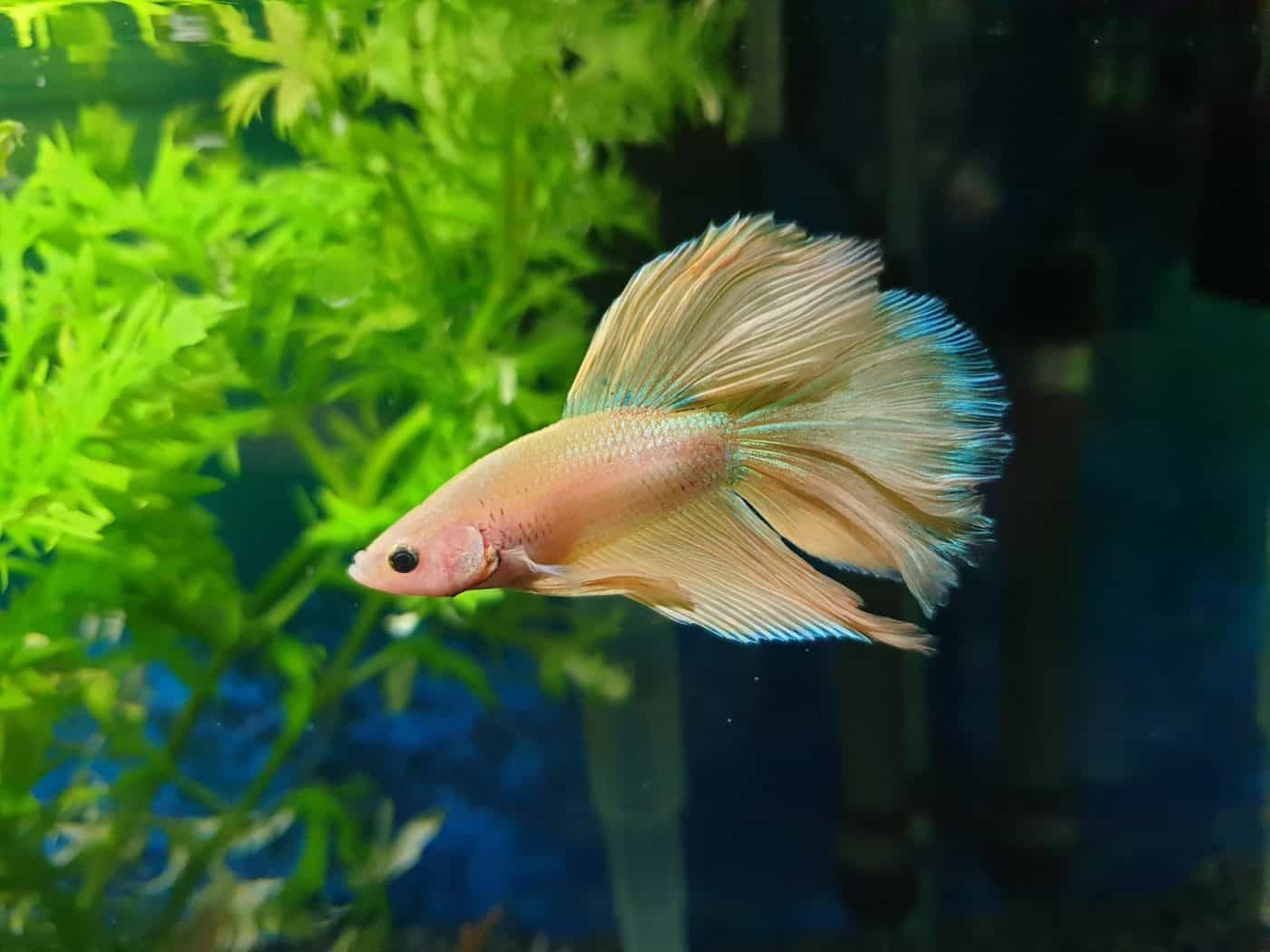Bettas, also known as Siamese fighting fish, are admired for their vivid colors and flowing fins. However, their territorial and semi-aggressive nature often creates confusion for aquarists seeking suitable tankmates. Despite their reputation, bettas can cohabitate peacefully with specific species if selected and introduced correctly. This article provides an in-depth, expert-level guide on what fish can live with bettas, ensuring a harmonious and healthy aquarium environment.
Understanding Betta Temperament Before Adding Tankmates
Before selecting compatible species, it’s critical to understand betta behavior. Bettas are solitary, labyrinth fish, known to defend their space aggressively, particularly against species resembling themselves. Males are more aggressive than females and may flare or attack if they feel threatened or crowded.
Key Betta Traits to Consider:
- Aggression towards colorful or long-finned fish
- Prefers calm waters and slow-moving tankmates
- Needs ample hiding spaces to feel secure
- Thrives in warm water between 76°F to 82°F (24°C–28°C)
Top Peaceful Tank Mates for Bettas
1. Corydoras Catfish
Corydoras are bottom-dwellers, highly peaceful, and non-threatening to bettas. They inhabit a different part of the tank, reducing conflict. Their small size and schooling behavior make them ideal companions.
Requirements:
- Temperature: 72°F–78°F
- Schooling fish: keep in groups of 5+
- Diet: bottom feeder pellets, algae wafers
2. Kuhli Loaches
Kuhli Loaches are eel-like, peaceful scavengers that hide during the day and come out at night. They pose no threat to bettas and enjoy burrowing in soft substrate.
Requirements:
- Temperature: 75°F–86°F
- Prefer sandy bottoms with lots of hiding spots
- Best in groups of 3 or more
3. Ember Tetras
Small and non-aggressive, ember tetras are known for their vibrant orange hue, which does not intimidate bettas. They are active schooling fish that remain in the middle water column.
Requirements:
- Temperature: 73°F–84°F
- Keep in groups of 6 or more
- Diet: micro pellets, brine shrimp
4. Harlequin Rasboras
Harlequin Rasboras are schooling fish with a calm nature and subtle coloration, which prevents aggression from bettas. They are active, yet not hyper, which complements a betta’s demeanor.
Requirements:
- Temperature: 72°F–81°F
- Groups of 6–8 recommended
- Omnivorous diet
5. Otocinclus Catfish
These small algae eaters are shy, peaceful, and stick to tank surfaces, completely avoiding betta territory. Otos help maintain a clean tank while staying out of conflict.
Requirements:
- Temperature: 72°F–79°F
- Prefer groups of 4–6
- Need a mature tank with algae or supplement wafers
Other Compatible Tank Mates to Consider
6. Mystery Snails
Mystery snails are ideal non-fish companions. They clean algae, mind their own business, and are generally ignored by bettas unless the betta is particularly aggressive.
Requirements:
- Temperature: 68°F–84°F
- Diet: algae, plant matter, sinking pellets
- Need calcium for shell health
7. African Dwarf Frogs
Fully aquatic and docile, African dwarf frogs share similar tank requirements with bettas. They add activity to the lower tank levels and rarely cause problems.
Requirements:
- Temperature: 75°F–82°F
- Need a soft substrate
- Eat bloodworms and frog pellets
8. Ghost Shrimp
Ghost shrimp are transparent and small, making them less likely to provoke bettas. They contribute to cleaning the tank, though some bettas may view them as food.
Requirements:
- Temperature: 72°F–82°F
- Provide hiding areas to increase survival
- Best in groups with frequent monitoring
Tank Conditions for a Peaceful Betta Community
Minimum Tank Size
To successfully keep a betta with other fish, a minimum of 10 gallons is essential. For multiple species or schooling groups, 20 gallons or more is ideal. Crowding increases stress and aggression.
Aquascaping and Hiding Spots
Use live plants, caves, and driftwood to create visual barriers. These elements reduce line-of-sight and provide retreat areas for both the betta and its tankmates.
Filtration and Water Flow
Bettas prefer gentle currents. Use sponge filters or baffle power filters to ensure the water movement doesn’t stress them or the tankmates.
Feeding Strategy
Feed tankmates with sinking pellets or foods that occupy different layers of the tank. Bettas may be food-aggressive, so using feeding rings or target feeding helps reduce tension.
Tank Mates to Avoid with Bettas
1. Guppies
Despite their popularity, male guppies have colorful tails, which can trigger betta aggression due to visual similarity.
2. Tiger Barbs
Known for fin-nipping behavior, tiger barbs are far too aggressive for bettas and can cause injury or stress.
3. Goldfish
Goldfish require cooler temperatures, produce large amounts of waste, and are incompatible with bettas’ environment needs.
4. Gouramis
As fellow labyrinth fish, gouramis compete for territory, especially in smaller tanks, leading to fights with bettas.
5. Angelfish
Their long fins and slow movement make them targets for betta aggression, and they can also be aggressive themselves.
Tips for Introducing Tank Mates to Bettas
- Add betta last: Let the other fish settle first to reduce territorial aggression.
- Use a divider initially for observation and slow introduction.
- Monitor interactions closely for the first 48 hours.
- Have a backup plan, such as a separate tank or breeder box.
Conclusion: Building a Harmonious Betta Community
Creating a peaceful aquarium with a betta as the centerpiece is very achievable with the right planning. Focus on non-aggressive, non-flashy species, maintain excellent water conditions, and provide plenty of space. Understanding betta behavior and respecting their boundaries will result in a visually stunning and peaceful tank environment.


Leave a Reply